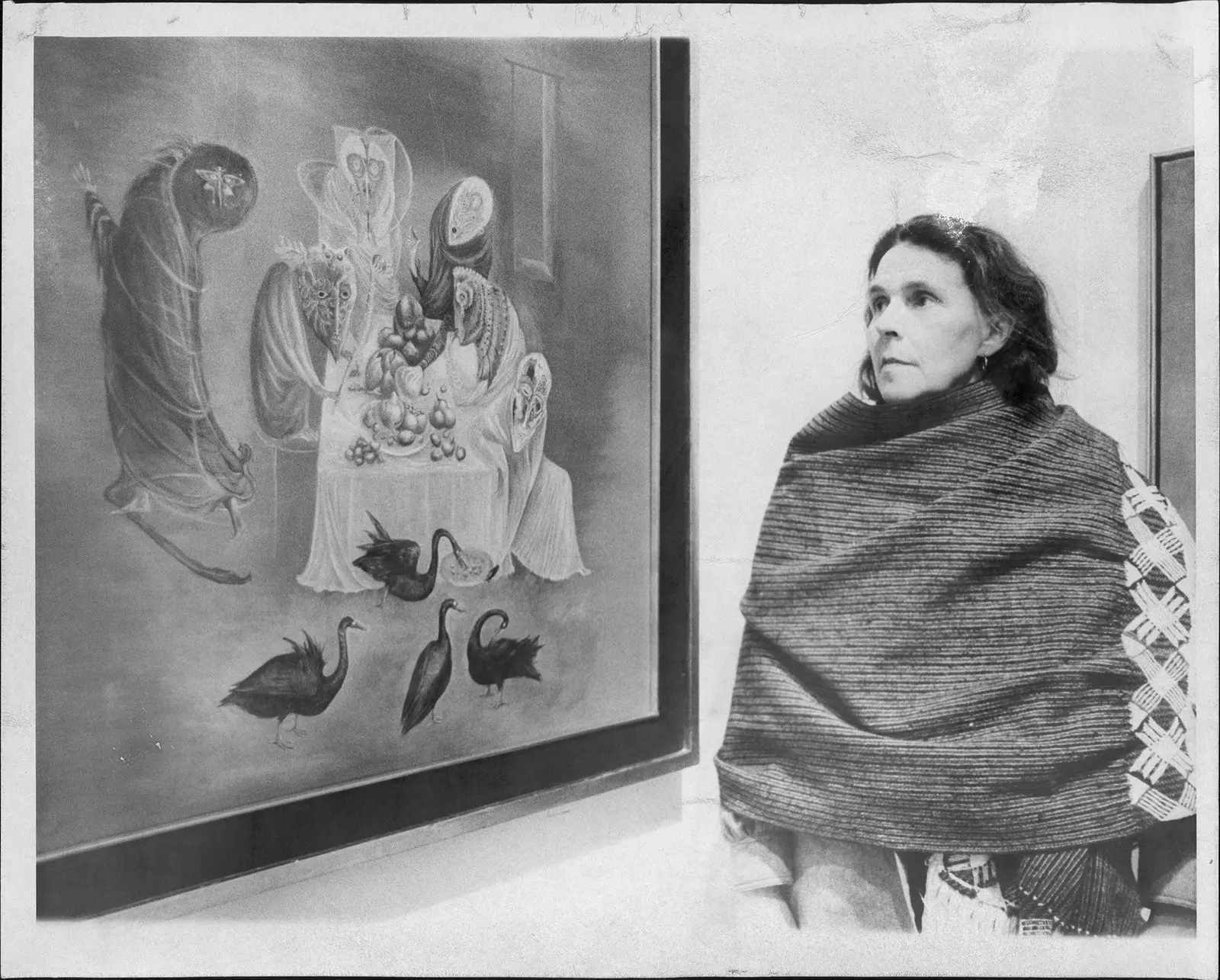
Her family expected a demure and prissy girl. Leonora never was
As a child they called her Prime , and that says a lot about what her family expected of her. Prim: prim, demure. Leonora never was.
She grew up in the 20s at Crookhey Hall, in Lancashire, among nannies, maids, and acres of woods and gardens. Her father was a textile tycoon. Prim pulled up at the Ritz and was introduced in court. Later, she remembered that her tiara caused her excruciating pain.
Perhaps it was that pain of hers that led her to get kicked out of three boarding schools and launched her into painting. Her father opposed her, her mother supported her.
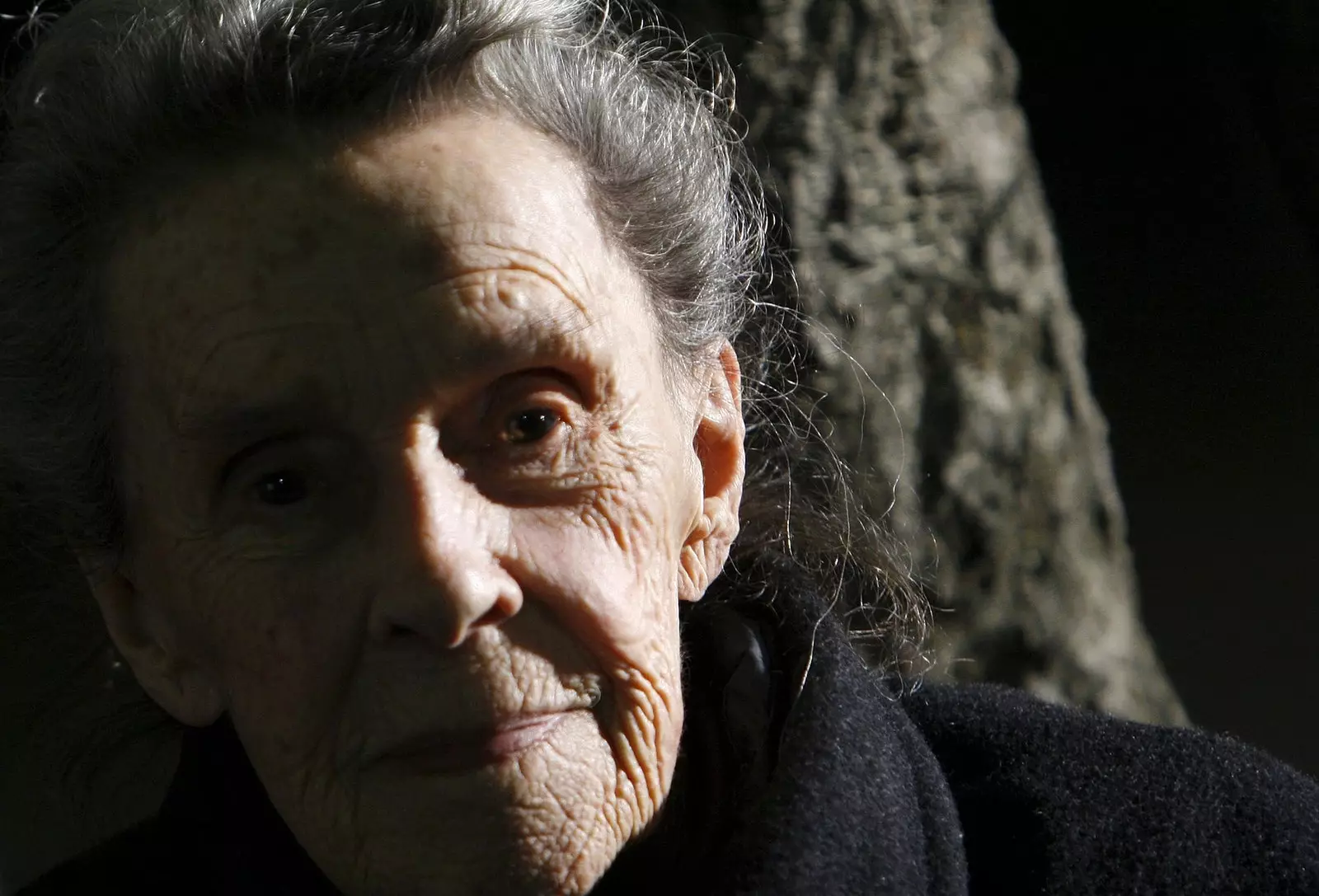
After being expelled from three boarding schools, she threw herself into painting
In florence , she studied at a Victorian-era relic called Mrs Penrose Academy and went through the Chelsea School of Arts.
At the age of 18, a bohemian uncle put her in contact with Amédée Ozenfant , founder of the purist movement together with Le Corbusier, who had created an academy in London.
Leonora had reached surrealism through the book by Herbert Read . On the pages of her he saw the work of ** Max Ernst Two children threatened by a nightingale ** , and she decided that she wanted to meet him. She achieved it one night at the house of the architect Ernö Goldfinger. There were Man Ray and the Éluards.
Leonora was 20 years old, Max 46. He was still married to Marie-Berthe, his second wife. When their relationship became public, Leonora's father threatened to withdraw her monthly allowance. He claimed that she would die poor. It is very likely that this omen fed her bohemian fantasy.
She moved with Max to Paris . There, the painter maintained an unstable balance with Marie-Berthe, so she enjoyed a grateful freedom.
In her relationship with the protagonists of the avant-garde, she maintained a skeptical distance. “I didn't have time to be anybody's muse. I was too busy rebelling against my family and learning how to be an artist." she said she years later.
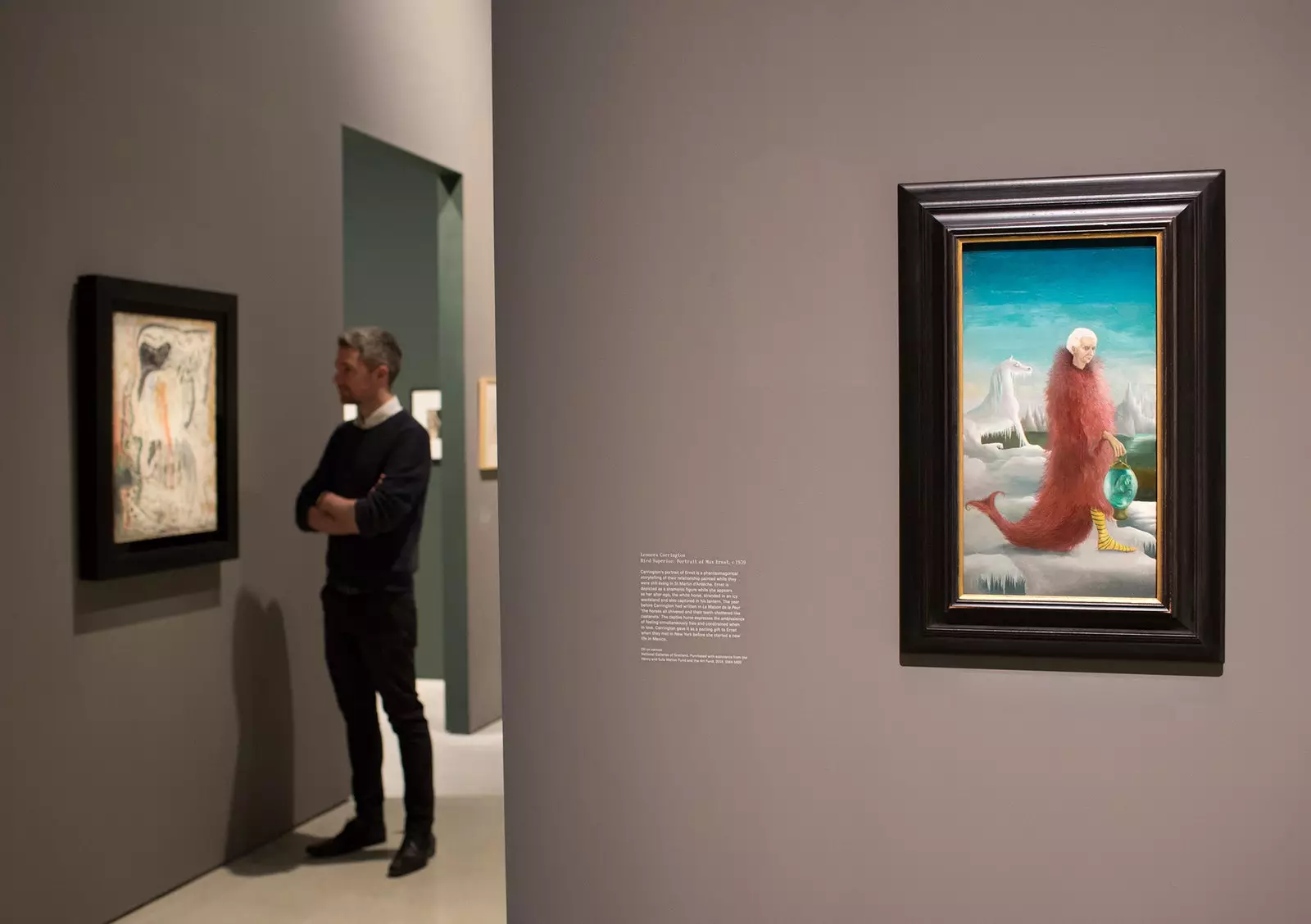
Portrait of Max Ernst painted by Leonora Carrington
Of Picasso, she affirmed that in Paris he went unnoticed ; she had not yet developed the aura of great genius, although she thought that all women were in love with him. Joan Miró, on one occasion, gave him money to buy him a box of cigarettes. She replied that, at her age, she could buy them for herself.
In 1938 Ernst separated definitively from Marie-Berthe and moved with Leonora to Saint-Martin-d'Ardèche, in Provence.
They settled in a dilapidated farm that they turned into a total work. While Max covered the walls with sculptures and reliefs, Carrington defined his own variant of surrealism.
The universe that is born in ** La Posada del Caballo del Alba ** articulates a language that is based on alchemy and transformation. The animals share nocturnal spaces with ghostly beings. Forms are fragile. The egg emerges as a sign of a latent rebirth. He also began to write. Max illustrated his first book: The House of Fear .
The war broke the idyll. **Ernst was arrested and interned in the Les Milles concentration camp ** by the French authorities. He had been released through the intercession of Paul Éluard when the German invasion caused a second arrest by the Gestapo.
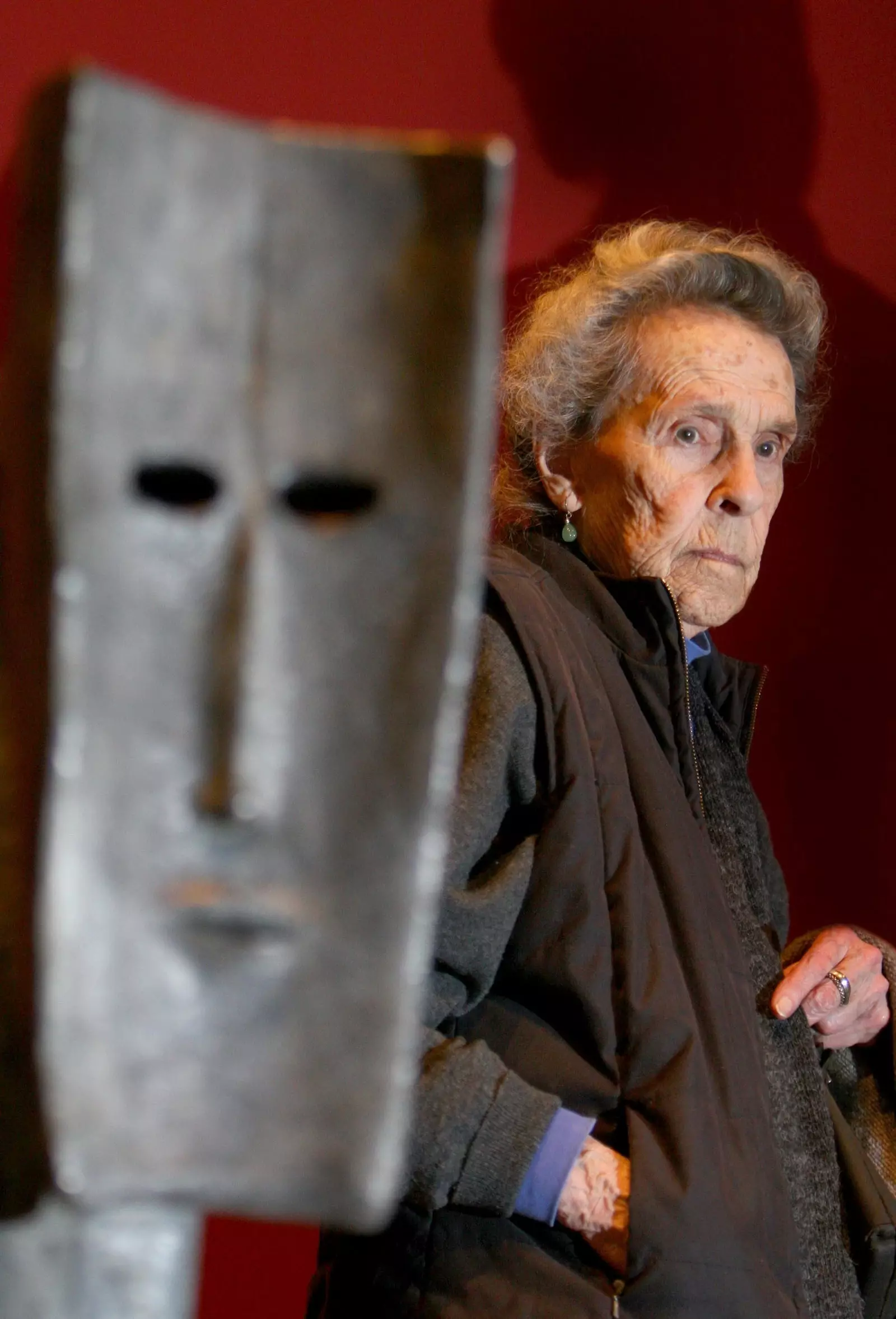
He defined his own variant of surrealism
The wait had sapped Leonora's balance. She crossed into Spain through Andorra and headed for Madrid in the hope of getting a safe conduct pass for Max. But she was overcome by what she called the war syndrome.
In the political turmoil and torrid heat, she became convinced that Madrid was the stomach of the world, and that she had been chosen to restore her health. She requested an interview with Franco and took to the streets to distribute anti-fascist propaganda.
Her alteration caught the attention of the authorities and the British consul. Although it is likely that she did not suffer from a specific pathology, she was arrested and taken to a convent. With the authorization of her parents, she was transferred to a psychiatric hospital in Santander.
In a villa with a garden in Valdecilla, Dr. Morales treated her patients with cardiazole, a substance that produced an effect similar to electroshocks. Leonora narrates the months of her internment in the book memories from below.
Memories of her are fragmentary. She claimed to have been left in a cell, tied up and naked, in her own excrement. It is likely that her own medication reinforced the neurosis. Her symbolic universe served him as a refuge. She read Unamuno and made horoscopes for Dr. Morales.
After six months, his family became alarmed at the extension of his hospital stay and, in a show of involvement, she sent her nanny to drive her to Lisbon. From there she would ship to South Africa, where she would be interned again.
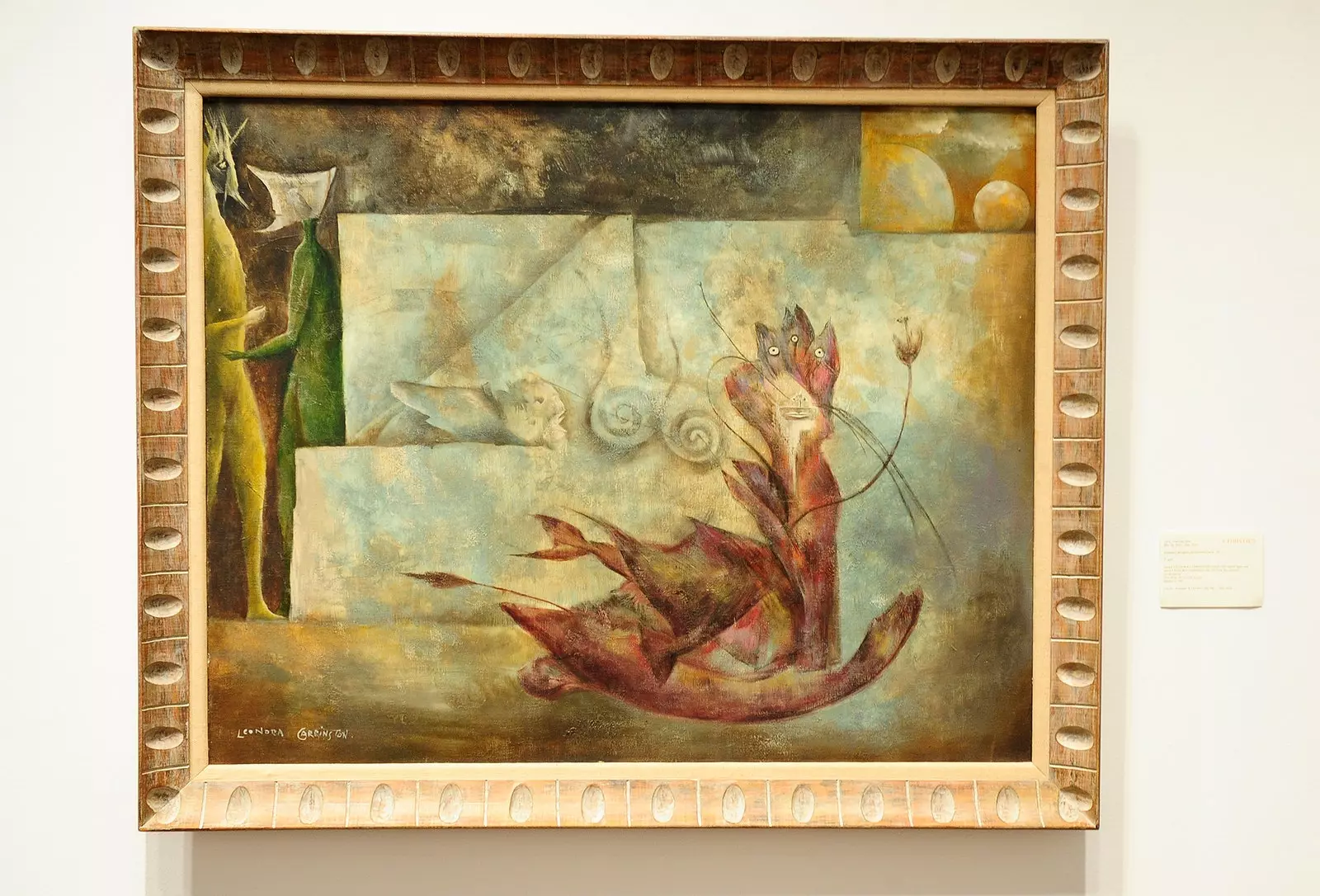
'The cat'
However, upon reaching the city, Leonora outsmarted her companion and met up with the recently released Max Ernst. , who was accompanied by his second wife, Marie-Berthe, and Peggy Guggenheim, whom he would marry when he arrived in New York.
Leonora accepted the situation and she married the Mexican ambassador Renato Leduc . The union was brief, but she assured him of her passage to her host country.
Mexico fed Carrington's imagination. The phantasmagoria of the dead and the Mayan myths gave an esoteric dimension to her work. She established a close relationship with the painter Varus remedies. Along with the Spanish exile she studied the Popol Vuh, the Bible of the Quiche Maya.
Her styles merged, but Carrington's approach to painting was always intimate, introspective. She opposed a domestic tone to the surreal epic. She claimed that, for her, painting was like making jam.
She married photographer Chiki Weisz, with whom she had two children in her house in Colonia Roma. She never stopped painting and writing.
During the 1970s, she reaffirmed her activism in the Mexican women's liberation movement. She died, lucid, at the age of 94. The poet Elena Poniatowska, with whom she shared long conversations, wrote the novel leonora in memory of her.
